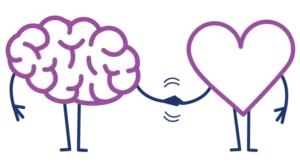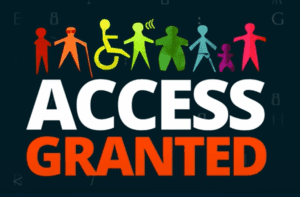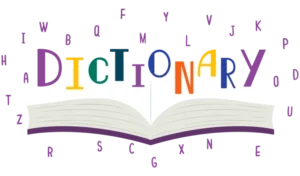by John Samuel, Co-Founder and CEO of Ablr
For the past 18 months, I’ve had frequent occasion to visit Duke University’s Eye Center. The building is named after Bill Hudson, the former CEO of LCI, the same company that saved my career. My visits were precipitated by hopes of a similar result for my sight.
Twenty years ago, I was diagnosed with Retinitis Pigmentosa (RP). RP is a degenerating eye condition, and at the time of my diagnosis, there wasn’t any hope that I wouldn’t end up blind. Then, ten years later, medical researchers introduced a breakthrough in gene therapy. This therapy showed promising results and raised hopes that one day, it might be able to help save the sight of people with similar eye conditions as mine. Two years ago, I met Dr. Iannaccon, an ophthalmologist at Duke who believed that he had a possible treatment that could potentially preserve some of my diminishing sight. In this way, I could possibly become a candidate to benefit from gene therapy – or from other medical breakthroughs on the horizon. The often time-consuming doctor’s appointments and sometimes painful shots were just a small price to pay for the potential of one day seeing my boys’ faces.

It took me many years to come to grips with my inevitable sight loss, but I eventually did. But in order to fully accept it, I had to go through five stages of grief according to a theory developed by psychiatrist Elisabeth Kübler-Ros. The theory suggests that we go through five distinct stages of grief after a loss of a loved one: Denial, anger, bargaining, depression, and finally acceptance. Although I hadn’t lost an actual loved one, in many ways, I felt like I had lost the person I once was – and more significantly, the future I thought I would have as an able-bodied person.
What really helped me finally find acceptance was understanding what accessibility is and realizing being an able person, and being an able-bodied person, are not the same thing: I could still be an able person even if I could not see, and was no longer an able-bodied person.
For most of my life, I focused on the future I had imagined for myself and on the implications of my diagnosis that the doctors forecasted for me. There seemed to be an unbridgeable divide between the two. I was convinced that my impending blindness meant that the goals I had set for myself and the dreams I had harbored were now out of reach. But once I emerged from my grief and got used to thinking of myself as a blind person – as a person with a disability – a miraculous thing began to happen: I realized that I had been wrong. As I started to learn about accessibility and the many initiatives toward disability inclusion that have taken hold in recent decades, I began to realize that it’s not actually the case that being blind would condemn me to a lesser life than what I had hoped to live. Instead, these advances and the barriers they removed meant that my goals were still very much within my reach – I would just have to go about reaching them differently. So, I set about learning how to live and work as a blind person. I stopped thinking about what I had lost, and started thinking about what I could become despite, and perhaps partially because, of the trauma I had endured.
Today, I’m a CEO, husband, and father, which I never thought possible when I was first diagnosed with RP two decades ago. Having achieved these things I thought impossible fuel me in advocating for inclusion and accessibility for all people, regardless of disability or illness. If it’s possible for me, it’s possible for them.
This week, I am preparing for a surgery in which doctors remove the cataract that is blocking my sight. I am hopeful for the outcome, but I know now that regardless of that outcome, life holds great potential for me and others like me. By removing the accessibility barriers that exist on websites, mobile apps, and PDFs, accessibility gives hope to a brighter future for millions of people – sight or no sight.






